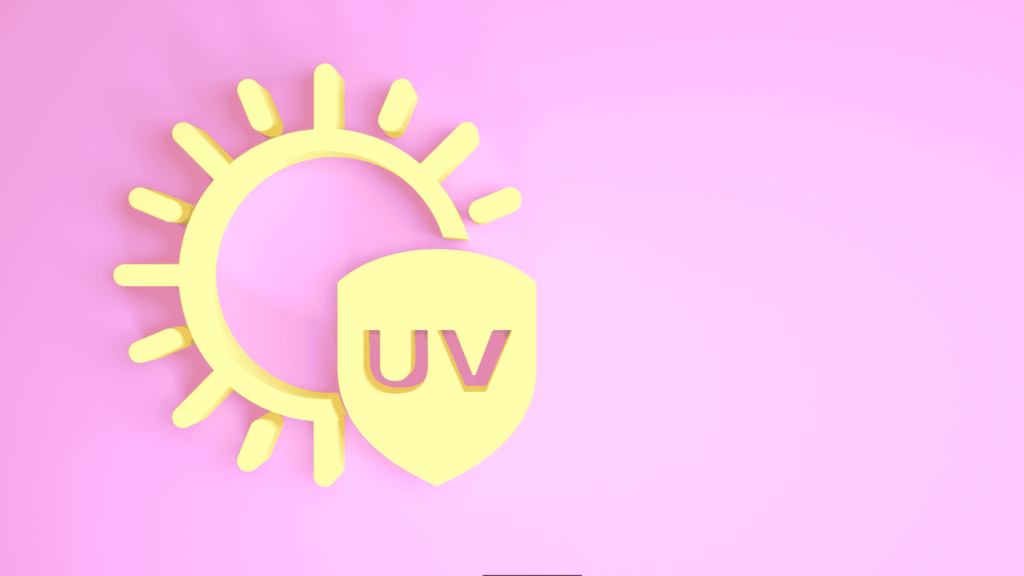Ultraviolet Radiation and the Role of Home Health and Hospice in Patient Care: A Medical Professional’s Guide
Ultraviolet (UV) radiation exposure is a significant risk factor for various skin conditions, including premature aging, and most importantly, skin cancer. While sunlight provides essential vitamin D, overexposure to UV rays presents a substantial public health concern. This article explores the benefits of home health and hospice services for patients with UV-related illnesses and provides relevant UV safety facts for medical professionals.
Burden of UV-related Disease in the US
Skin cancer is the most common cancer in the United States, with an estimated 1 in 5 Americans developing it in their lifetime (Skin Cancer Foundation, 2023). Melanoma, the deadliest form of skin cancer, accounts for about 1% of skin cancers but causes a majority of skin cancer deaths (Siegel, Miller, & Jemal, 2020). Ultraviolet radiation is the primary cause of melanoma and non-melanoma skin cancers (NMSCs) (World Health Organization, 2023).

Benefits of Home Health and Hospice for UV-related Conditions
Home health and hospice services can significantly improve the quality of life for patients with UV-induced skin conditions. Here’s how:
- Wound Care: UV exposure can exacerbate pre-existing wounds or lead to chronic wounds due to compromised skin integrity. Home Health nurses can provide expert wound care management, including dressing changes, infection prevention, and pain management (National Association for Home Care & Hospice, 2023).
- Skin Cancer Management: Following skin cancer diagnosis and treatment, Home Health nurses can offer vital support. This includes monitoring for signs of infection, administering medications, and providing education on post-operative care (Wound, Ostomy and Continence Nurses Society, 2023).
- Pain Management: Skin cancers and their treatments can cause chronic pain. Hospice care teams can provide comprehensive pain management strategies, including medication management and non-pharmacological interventions (National Hospice and Palliative Care Organization, 2023).
- Psychosocial Support: A diagnosis of skin cancer can be emotionally challenging. Home Health and Hospice social workers can offer emotional support, counseling, and connect patients with relevant support groups (National Association of Social Workers, 2023).
UV Protection Facts for Medical Professionals
- UV Index: The UV index is a numeric forecast that indicates the intensity of UV radiation from the sun. The higher the index, the greater the risk of skin damage (Environmental Protection Agency, 2024).
- Peak UV Hours: UV intensity is strongest between 10:00 AM and 4:00 PM (American Academy of Dermatology, 2024).
- Broad-Spectrum Sunscreen: Sunscreens with an SPF (Sun Protection Factor) of 30 or higher and broad-spectrum protection against UVA and UVB rays are recommended (American Cancer Society, 2024).
- Sun-protective Clothing: Wearing tightly woven clothing with a UPF (Ultraviolet Protection Factor) rating can significantly reduce UV exposure (Skin Cancer Foundation, 2023).
To learn more about how we can help your patients with skin cancer, please contact us today!
References
- American Academy of Dermatology. (2024, May 7). Sun Safety Tips. Retrieved from https://www.cancer.net/blog/2015-07/10-tips-protecting-your-skin-sun
- American Cancer Society. (2024, April 18). Sunscreen FAQs. Retrieved from https://www.aad.org/media/stats-sunscreen
- Environmental Protection Agency. (2024, May 22). SunWise Program. Retrieved from https://www.epa.gov/sunsafety
- National Association for Home Care & Hospice. (2023). Home Health Services. Retrieved from https://nahc.org/
- National Association of Social Workers. (2023). Social Workers in Hospice and Palliative Care. Retrieved from https://www.socialworkers.org/Practice/NASW-Practice-Standards-Guidelines/Standards-for-Palliative-and-End-of-Life-Care
- National Hospice and Palliative Care Organization. (2023). What is Hospice Care? Retrieved from https://www.nhpco.org/hospice-care-overview/
- Siegel, R. L., Miller, K. D., & Jemal, A. (2020) https://acsjournals.onlinelibrary.wiley.com/doi/full/10.3322/caac.21590


